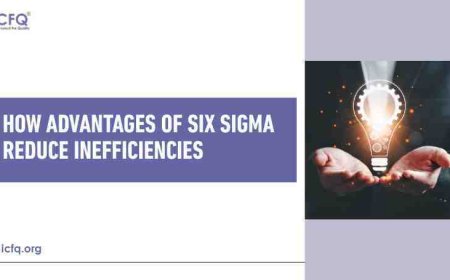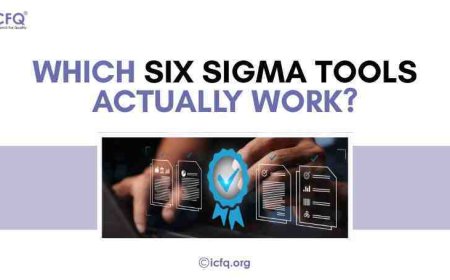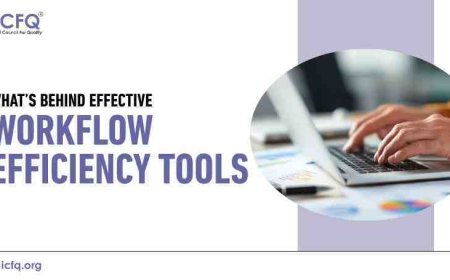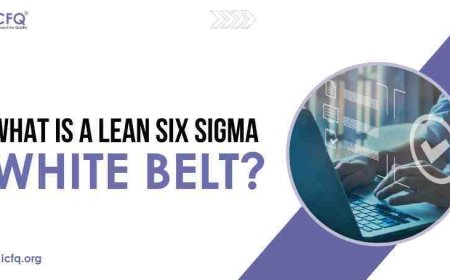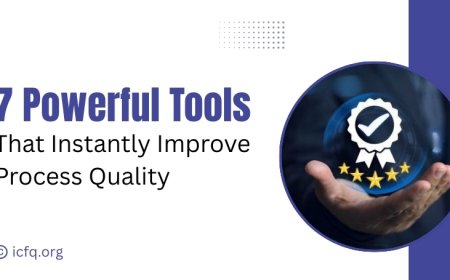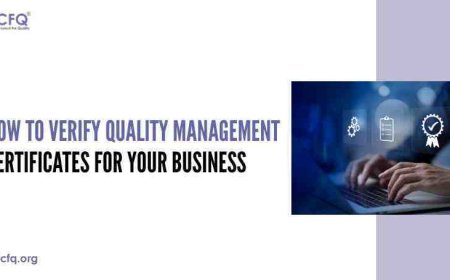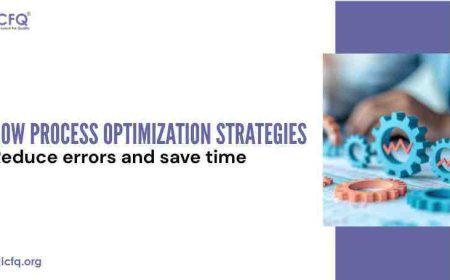The Future of Quality Management: Trends to Watch in 2025
Discover key trends shaping quality management , from digital transformation to sustainability, driving innovation, efficiency, and leadership success.
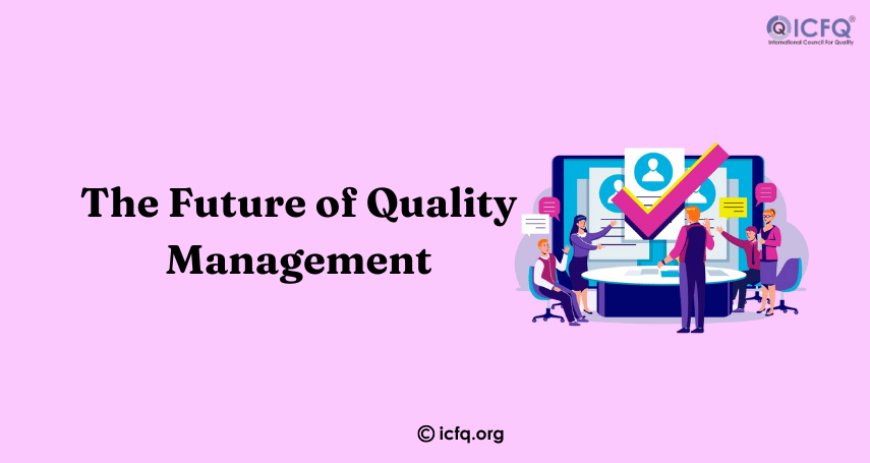
As we approach 2025, quality management is changing quickly. Businesses everywhere are dealing with new challenges and opportunities due to new technologies, changing customer needs, and a greater focus on sustainability. To stay ahead, companies need to adjust their quality management approaches to keep up with these changes.
The Rise of Artificial Intelligence in Quality Management
Artificial Intelligence (AI) is transforming industries worldwide, and quality management is no exception. AI technologies can analyze massive datasets, predict potential quality issues, and automate routine tasks, allowing quality managers to focus on strategic decision-making.
Key Benefits of AI in Quality Management:
-
Predictive Analysis: AI can identify trends and predict defects before they occur, enabling proactive problem-solving.
-
Real-Time Monitoring: Continuous monitoring of production lines for anomalies, reducing downtime and defects.
-
Automation: Automating repetitive tasks like data entry and reporting improves efficiency and accuracy. With AI becoming more advanced, its role in quality management will only grow, making it a critical tool for businesses aiming to achieve operational excellence.
The Growing Importance of Data-Driven Decisions
In the current business climate, data is crucial for making strategic decisions. Quality management has shifted from relying on instincts or outdated information to utilizing real-time data to drive meaningful improvements.
Why Data-Driven Decision Making Matters:
-
Accurate Insights: Reliable data helps identify root causes of quality issues quickly.
-
Continuous Improvement: Data analytics enables ongoing assessment of processes, leading to continuous improvement.
-
Better Resource Allocation: Helps in optimizing resources by identifying areas where improvements will have the greatest impact.
By integrating advanced analytics tools, companies can make smarter, faster decisions that enhance product and service quality.
The Growing Influence of Six Sigma
Six Sigma continues to be a cornerstone of quality management, and its relevance is expected to expand in 2025. This methodology focuses on eliminating waste, reducing variability, and improving process efficiency.
Why Six Sigma Remains Essential:
-
Process Efficiency: Streamlines workflows to reduce costs and improve productivity.
-
Quality Control: Identifies and eliminates defects, ensuring consistent quality.
-
Cross-Industry Application: No longer limited to manufacturing, it’s now widely used in healthcare, finance, and IT.
Organizations that invest in Six Sigma training and Quality certification will be better equipped to lead quality improvement initiatives in their industries.
The Shift Towards Agile Quality Management
Traditional quality management practices often depend on structured, long-term plans. However, the adoption of Agile methodologies is revolutionizing how organizations manage and enhance quality.
Key Advantages of Agile Quality Management:
-
Flexibility: Allows teams to adapt quickly to changes in project scope or customer requirements.
-
Faster Feedback: Continuous feedback loops help identify issues early in the development process.
-
Improved Collaboration: Encourages cross-functional teamwork for better problem-solving.
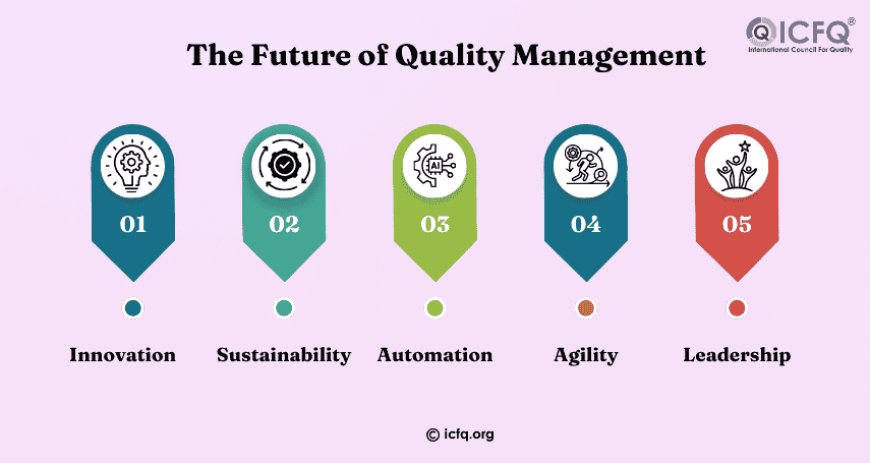
Integrating Sustainability with Quality Management
Sustainability is no longer just a corporate responsibility—it’s a business necessity. Quality management will increasingly focus on sustainable practices, ensuring that products and processes are environmentally friendly and socially responsible.
How Sustainability Enhances Quality Management:
-
Eco-Friendly Practices: Focus on reducing waste, conserving energy, and using sustainable materials to minimize environmental impact.
-
Ethical Supply Chains: Ensure suppliers follow sustainable and ethical practices for social and environmental responsibility.
-
Long-Term Value: Sustainable products offer durability, lower costs, and strong customer appeal, enhancing brand loyalty.
Quality managers will play a pivotal role in integrating sustainability into every aspect of operations, driving both environmental and business benefits.
The Rise of Remote and Virtual Quality Management
The shift to remote work and digital collaboration tools has changed how quality management is executed. In 2025, remote quality management will become more prevalent, supported by advanced technologies.
Benefits of Remote Quality Management:
-
Global Collaboration: Quality teams can work together across different time zones and locations.
-
Digital Audits and Monitoring: Conducting audits and inspections remotely using video conferencing and digital tools.
-
Real-Time Data Access: Cloud-based platforms allow for instant access to quality data from anywhere.
Continuous Learning and Professional Development
As quality management practices evolve, the need for continuous learning will become increasingly important. Professionals must stay updated with the latest trends, tools, and certifications to remain competitive.
Why Ongoing Training Is Crucial:
-
Keeping Up with Trends: Staying informed about new methodologies, technologies, and regulations.
-
Certifications Matter: Programs like Six Sigma Certifications, Yellow Belt, Green Belt, and Black Belt are more relevant than ever.
-
Career Growth: Continuous learning opens doors to leadership roles and advanced quality management positions.
The future of quality management in 2025 is shaped by technology, sustainability, and adaptability. Businesses that embrace AI, sustainable practices, and Agile methods will enhance efficiency and deliver exceptional products. To thrive, companies must continuously adapt and innovate.
